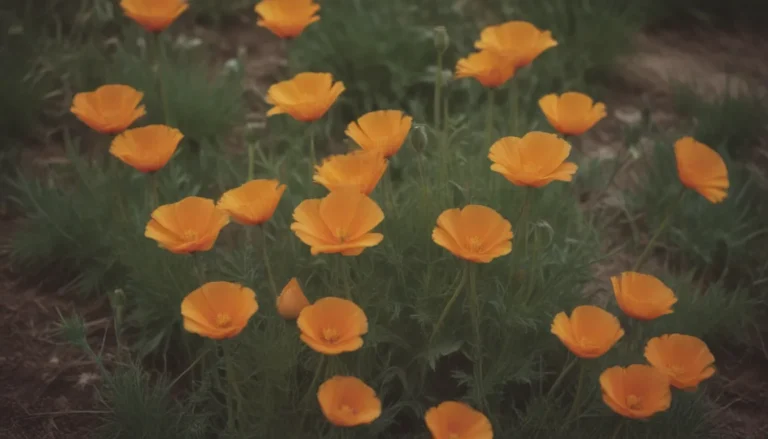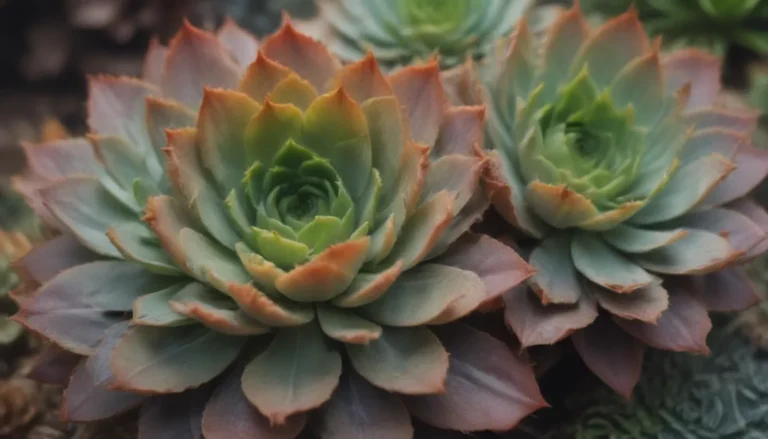Top 16 Early Bloomers: Spring Flowers to Brighten Your Garden

As the winter chill starts to fade away, there is nothing more uplifting than seeing the first blooms of spring. These early flowering plants symbolize new beginnings and bring joy to our hearts after a long, cold season. If you are eager to get a jump start on your garden and fill it with vibrant colors, look no further than these 16 best flowers that bloom earliest in spring.
Pussy Willow (Salix discolor)
- USDA Growing Zones:
- Color Varieties:
- Sun Exposure:
- Soil Needs:
Pussy willow shrubs are like fuzzy little messengers announcing the arrival of spring. These wild shrubs can also be a delightful addition to your landscape. Catkins may not seem like typical spring flowers, but their cheerful appearance is a sure sign that warmer days are ahead.
Daffodil (Narcissus)
- USDA Growing Zones:
- Color Varieties:
- Sun Exposure:
- Soil Needs:
- Toxicity:
Daffodils, with their iconic trumpet-shaped flowers, are a beloved sight in many gardens. These hardy flowers may need a bit of sunlight and proper bulb placement to bloom optimally. Keep an eye out for any signs that your daffodils need a little extra care to thrive.
Creeping Phlox (Phlox stolonifera)
- USDA Growing Zones:
- Color Varieties:
- Sun Exposure:
- Soil Needs:
Creeping phlox is a beautiful ground cover that blooms in dense clusters, creating a stunning carpet of color. While low-maintenance, it may benefit from some early spring weeding to ensure it receives all the nutrients it needs to flourish.
Snowdrops (Galanthus nivalis)
- USDA Growing Zones:
- Color Varieties:
- Sun Exposure:
- Soil Needs:
- Toxicity:
Snowdrops, with their delicate white blooms, are true harbingers of spring. Planting them in groups can create a breathtaking display in late winter and early spring. Despite their small size, these flowers are a big mood lifter in the garden.
Crocus
- USDA Growing Zones:
- Color Varieties:
- Sun Exposure:
- Soil Needs:
Crocus, with their vibrant hues, add a pop of color to any garden. These low-maintenance flowers don’t require much attention but may need some protection from hungry wildlife eager to snack on their buds.
Adonis (Adonis amurensis)
- USDA Growing Zones:
- Color Varieties:
- Sun Exposure:
- Soil Needs:
Adonis is a maintenance-free perennial that competes with other early bloomers for attention. Its bright yellow flowers and fern-like leaves make it a standout in the garden. Just be prepared for its dormancy in summer, and plan some fillers to maintain garden aesthetics.
Forsythia
- USDA Growing Zones:
- Color Varieties:
- Sun Exposure:
- Soil Needs:
Forsythia, with its sunny yellow blooms, signals the end of winter and the start of spring. This fast-growing shrub is relatively low maintenance, requiring minimal care other than occasional pruning to keep its shape in check.
Flowering Quince (Chaenomeles speciosa)
- USDA Growing Zones:
- Color Varieties:
- Sun Exposure:
- Soil Needs:
Flowering quince, with its dense foliage and thorny branches, can be a striking addition to any garden. While its blooms may only last a short while, proper pruning can help maintain its shape and encourage healthy growth.
Witch Hazel (Hamamelis x intermedia)
- USDA Growing Zones:
- Color Varieties:
- Sun Exposure:
- Soil Needs:
Witch hazel’s unique spidery blooms add a touch of whimsy to early spring gardens. This low-maintenance shrub can even bloom amidst a blanket of snow, making it a standout in any landscape. Just keep an eye out for any unwanted suckering shoots that may appear.
Star Magnolia (Magnolia stellata)
- USDA Growing Zones:
- Color Varieties:
- Sun Exposure:
- Soil Needs:
Star magnolia’s distinctive star-shaped flowers are a sight to behold in the early days of spring. With a shorter stature than other magnolia varieties, it is a perfect choice for smaller gardens. Its white blooms are a beautiful contrast to the pink hues of other magnolia species.
Lenten Rose (Helleborus orientalis)
- USDA Growing Zones:
- Color Varieties:
- Sun Exposure:
- Soil Needs:
- Toxicity:
Despite its misleading name, Lenten rose is not a rose but a hellebore with stunning pink and green petals. These flowers can brighten up any shady corner of the garden with their unique appearance. A little fertilizer in early spring can help promote healthy blooming.
Pasque Flower (Pulsatilla vulgaris)
- USDA Growing Zones:
- Color Varieties:
- Sun Exposure:
- Soil Needs:
- Toxicity:
Named for its Easter-time blooms, Pasque flower’s purple blossoms bring a burst of color to the early spring garden. With a preference for cooler, drier climates, this plant is a resilient addition to any landscape. Just ensure it doesn’t get waterlogged to prevent any issues.
Winter Jasmine (Jasminum nudiflorum)
- USDA Growing Zones:
- Color Varieties:
- Sun Exposure:
- Soil Needs:
Winter jasmine may not be showy, but its pale yellow flowers brighten up the garden when little else is blooming. This versatile vine can be left to sprawl as a ground cover or trained to climb on structures, adding interest to any outdoor space.
Creeping Myrtle (Vinca minor)
- USDA Growing Zones:
- Color Varieties:
- Sun Exposure:
- Soil Needs:
Creeping myrtle, also known as vinca or periwinkle, is a vigorous ground cover with simple yet plentiful blooms. This resilient plant thrives in shady areas and requires minimal care once established, making it a popular choice for filling in bare spots in the garden.
Glory-of-the-Snow (Chionodoxa luciliae)
- USDA Growing Zones:
- Color Varieties:
- Sun Exposure:
- Soil Needs:
Glory-of-the-snow’s star-shaped flowers make a charming addition to early spring gardens. These easy-to-grow bulbs spread effortlessly, creating a carpet of blue blooms that can naturalize over time. Adequate watering in dry springs can help sustain their blooming year after year.
Siberian Squill (Scilla siberica)
- USDA Growing Zones:
- Color Varieties:
- Sun Exposure:
- Soil Needs:
- Toxicity:
Siberian squill’s blue bell-shaped blooms add a touch of elegance to early spring landscapes. These cold-hardy bulbs can naturalize quickly, carpeting areas with their sweetly drooping flowers. While low maintenance, a boost of bulb fertilizer can enhance their blooming potential.
In conclusion, early spring flowers not only bring beauty and vibrancy to our gardens but also symbolize hope and new beginnings. By incorporating these early bloomers into your landscape, you can create a stunning display that heralds the arrival of a new season. So, get ready to welcome spring with open arms and a garden bursting with color and life!





